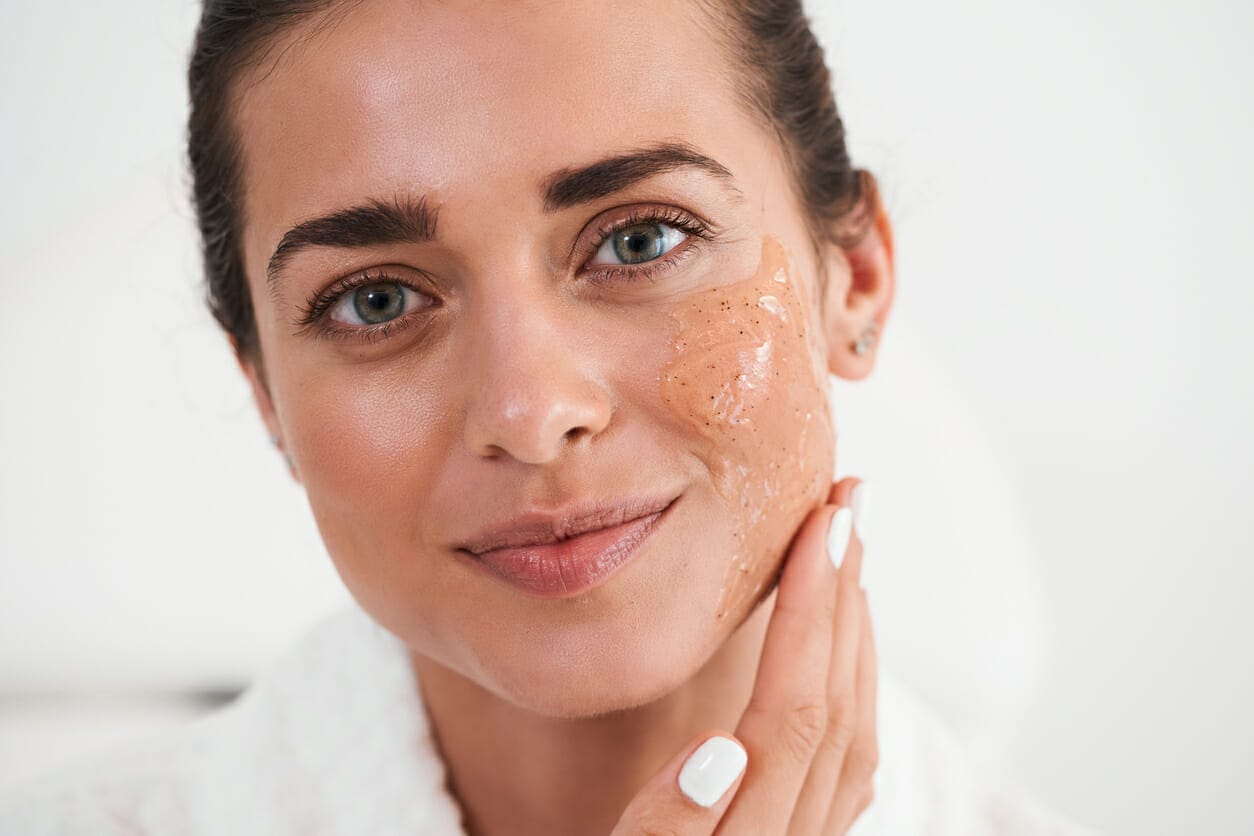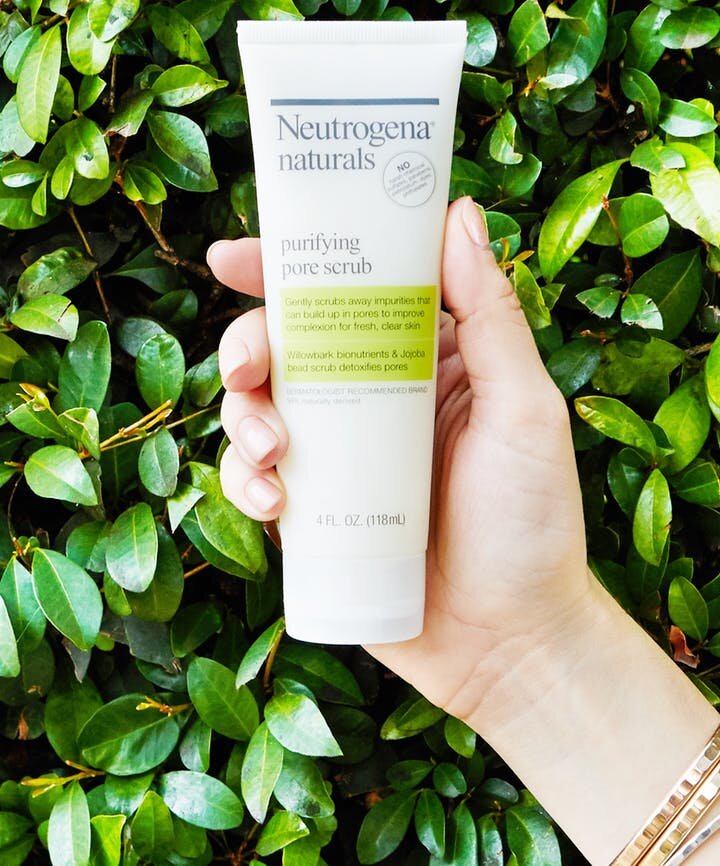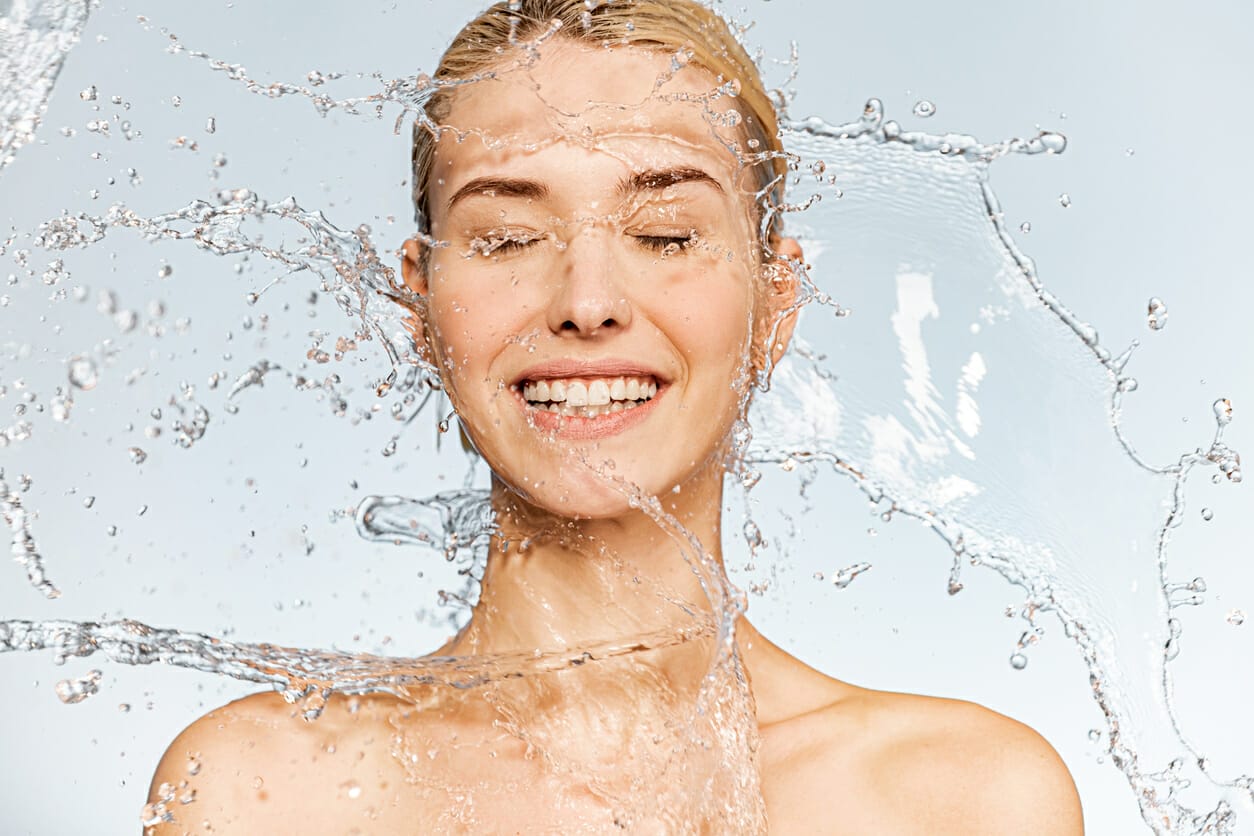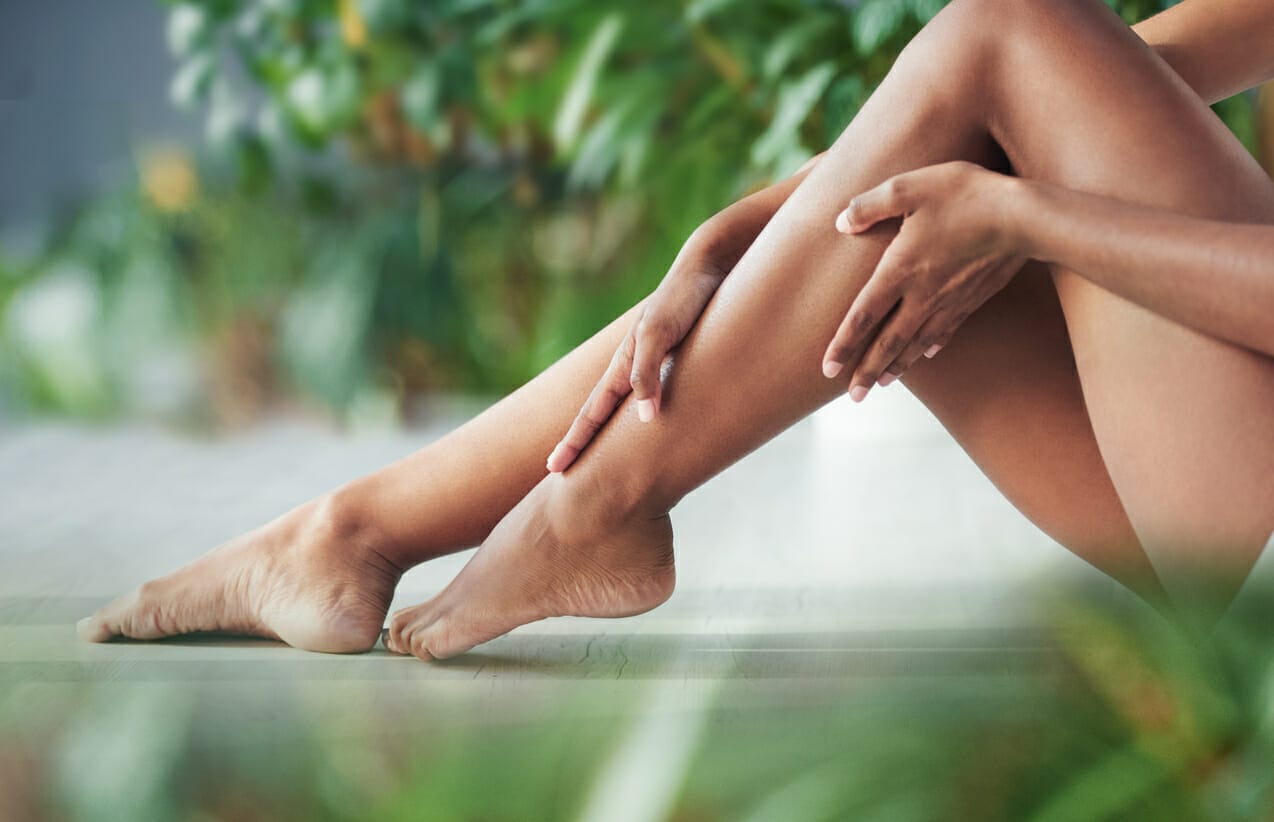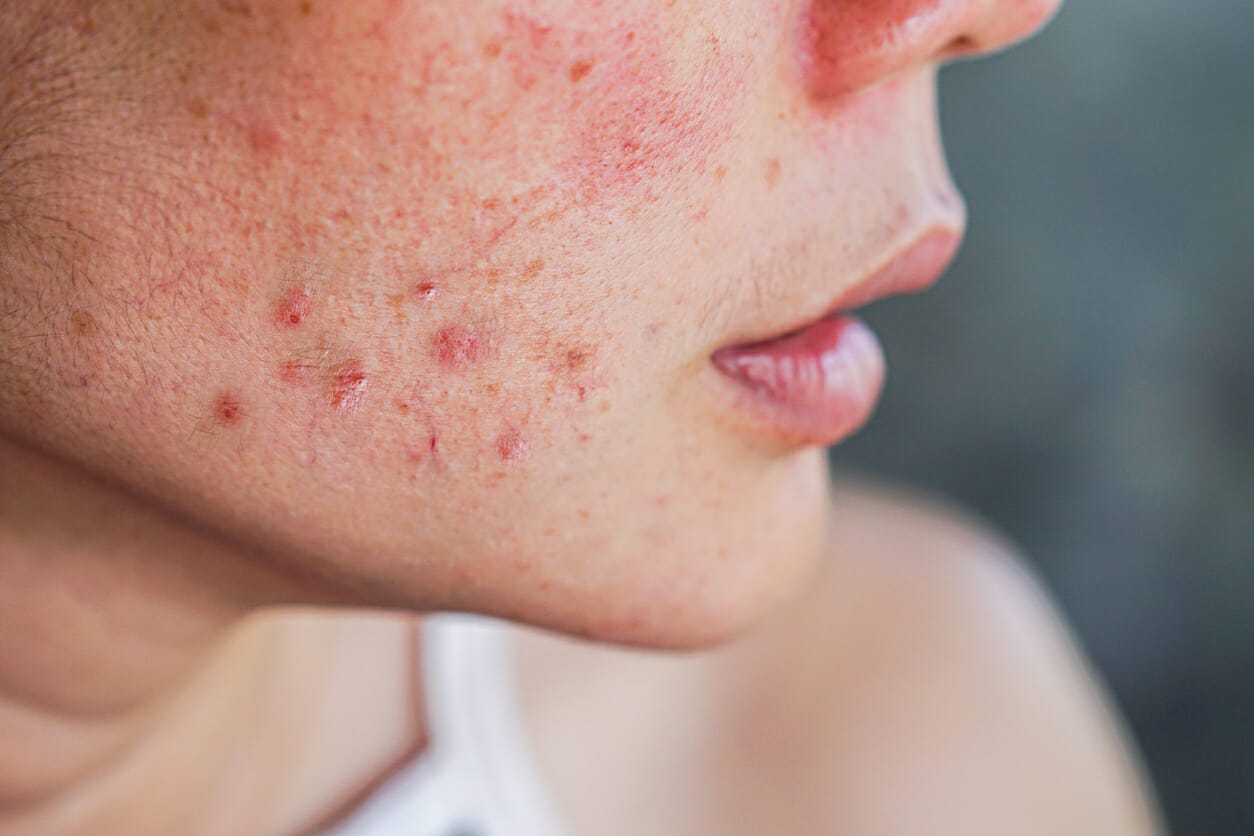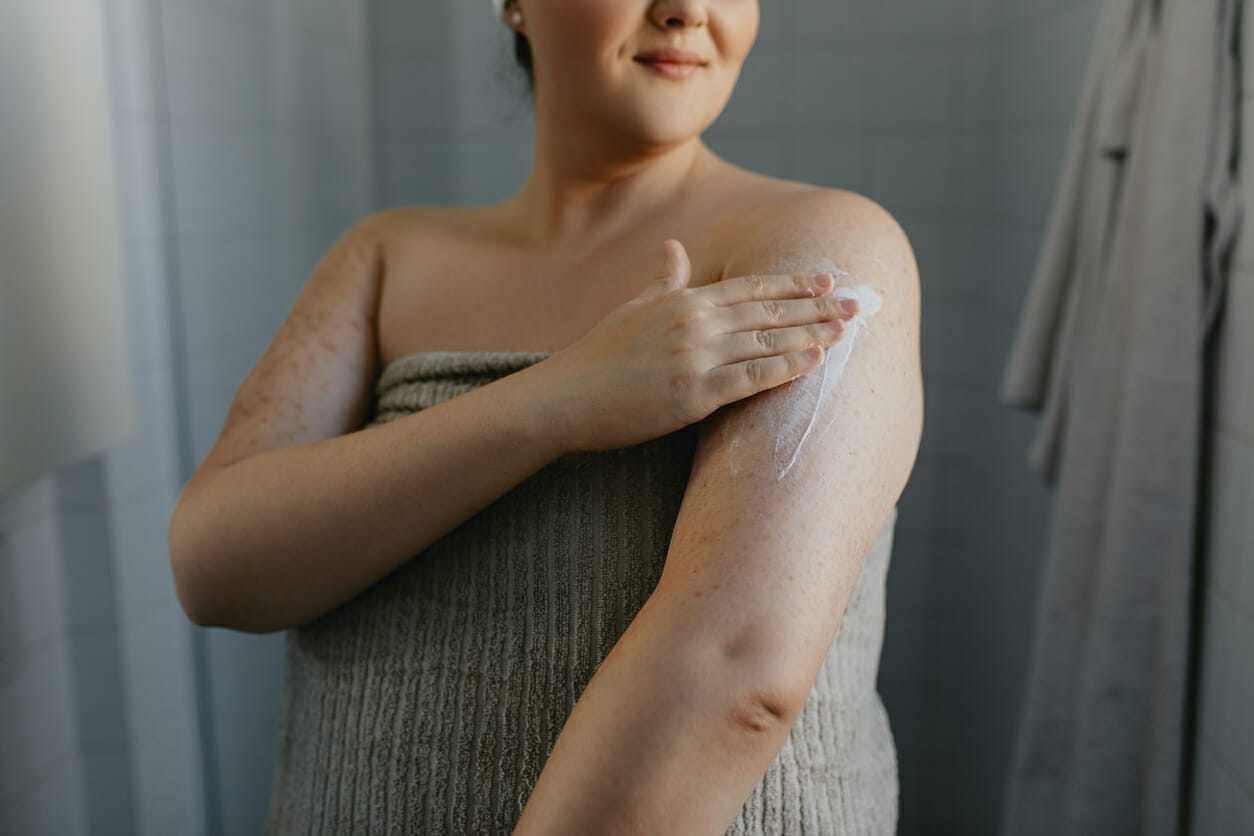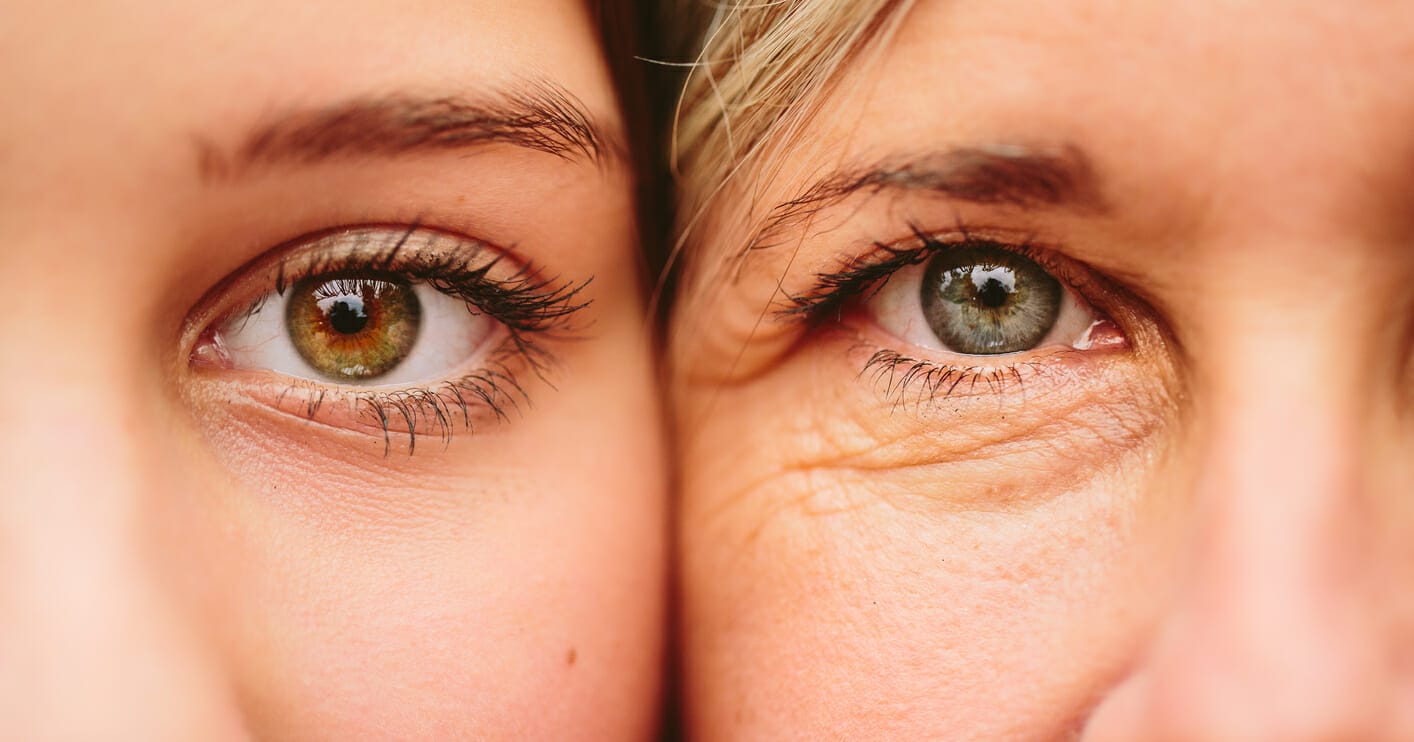
Unveiling the Secrets of Dermaplaning
Dermaplaning has been around for over 40 years, but has gained immense popularity as a non-invasive cosmetic procedure in recent years. It’s a very effective skincare treatment that is simple but delivers some amazing results. Here I explore the concept of dermaplaning, its benefits, and if it may be right for you. Let’s dive in!
What is dermaplaning?
Dermaplaning, also known as epidermal leveling or blading, is a skincare procedure performed by our experienced aestheticians. It entails using a specialized surgical scalpel to gently scrape off dead skin cells and vellus hair (peach fuzz) from the surface of the skin. It will take about 20-30 minutes and is completely painless. You can enjoy the benefits of this treatment every three to four weeks to maintain a smooth, radiant appearance.
How can I benefit from dermaplaning?
Numerous medical journals highlight the potential benefits of dermaplaning. According to a study published in the Journal of Cosmetic Dermatology (Smith et al., 2018), dermaplaning can improve skin texture, reduce the appearance of fine lines and wrinkles, and enhance the absorption and efficacy of skincare products. Additionally, dermaplaning can provide a smoother canvas for makeup application, resulting in a more flawless finish (Gonzalez et al., 2019). In short, it rejuvenates your skin by promoting cell turnover and enhances product penetration. Any skin care products placed on your skin after the treatment will absorb better and your skin will be glowing and smooth!
Are there any side effects?
Dermaplaning is very safe and has little side effects. A comprehensive review published in the Journal of Clinical and Aesthetic Dermatology (Al-Niaimi et al., 2020) indicates that possible side effects of dermaplaning may include temporary redness, sensitivity, and a risk of superficial cuts or nicks. However, these side effects are not common and tend to resolve quickly.
Is dermaplaning right for your skin type?
Dermaplaning is suitable for most people seeking skin rejuvenation. It is particularly beneficial for those with dry or rough skin, superficial hyperpigmentation, or mild acne scarring. However, it is not ideal if you have active acne, open wounds, sunburns, or a history of keloid scarring. If you are not sure, just ask our aesthetician and she can help you make the best decision for you.
What should you know before dermaplaning?
Before having a dermaplaning treatment, there are a few considerations. It is important to have a professional experienced in performing dermaplaning and never try this at home! Additionally, inform our aesthetician about any allergies, skin conditions, or medications you are currently using. Avoid excessive sun exposure and discontinue the use of retinoids or exfoliating products a few days before the treatment.
Can you combine dermaplaning with other facials?
Dermaplaning can be combined with other types of facials to enhance your results. According to a study published in the Journal of Drugs in Dermatology (Mills et al., 2019), combining dermaplaning with chemical peels can provide a synergistic effect, improving overall skin texture and tone. When scheduling your facial, just ask if dermaplaning can be added to boost your results!




